Publications

FAO's role in humanitarian contexts: Saving lives through stronger, more resilient livelihoods - Revised version
04/2020
The number of people experiencing hunger – both chronic and acute – has been persistently high in recent years.
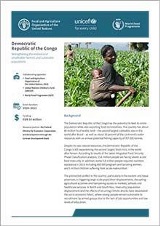
Democratic Republic of the Congo: Strengthening the resilience of smallholder farmers and vulnerable populations
03/2020
Despite its vast natural resources, the Democratic Republic of the Congo is still experiencing the second largest food crisis in the world after Yemen.
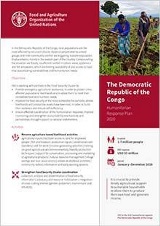
Democratic Republic of the Congo: Humanitarian Response Plan 2020
02/2020
In the Democratic Republic of the Congo, rural populations are the most affected by recurrent shocks.
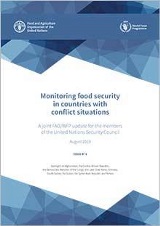
Monitoring food security in countries with conflict situations (Issue No.6 - August 2019)
09/2019
This update, facilitated by the Food Security Information Network and produced under the Global Network Against Food Crises, provides the members of the United Nations Security Council with an overview of the magnitude, severity and drivers of acute food insecurity in nine countries and territories that have the world’s highest burden of people in need of emergency food, nutrition and livelihood assistance as a result of protracted conflict combined with other factors.
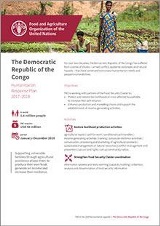
The Democratic Republic of the Congo - Humanitarian Response Plan 2017–2019
02/2019
For over two decades, the Democratic Republic of the Congo has suffered from a series of shocks – armed conflict, epidemic outbreaks and natural hazards – that have continued to increase humanitarian needs and people’s vulnerabilities. In order to provide livelihood support in 2019, FAO requires USD 50 million to support 1.8 million people.
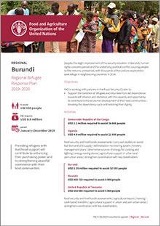
Burundi Regional Refugee Response Plan 2019–2020
02/2019
Despite the slight improvement of the security situation in Burundi, human rights concerns persist and the underlying political conflict causing people
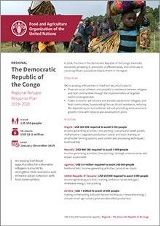
The Democratic Republic of the Congo Regional Refugee Response Plan 2019–2020
02/2019
In 2018, the crisis in the Democratic Republic of the Congo drastically worsened, spreading to previously unaffected areas, and continues to cause significant population displacement in the region. For 2019, FAO requires USD 18.1 million to support 235 350 people in neighbouring countries - Angola, Rwanda, Uganda, United Republic of Tanzania and Zambia.
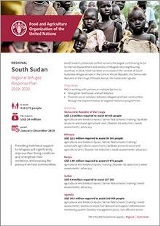
South Sudan Regional Refugee Response Plan 2019–2020
02/2019
South Sudan’s protracted conflict remains the largest contributing factor to internal displacement and exodus of refugees into neighboring countries.
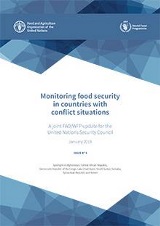
Monitoring food security in countries with conflict situations (Issue No.5-January 2019)
01/2019
The fifth issue of the FAO/WFP update for the United Nations Security Council (UNSC) provides United Nations Security Council (UNSC) members with an overview of the magnitude, severity and drivers of acute food insecurity in eight countries and regions that have the world’s highest burden of people in need of emergency food, nutrition and livelihood assistance as a result of protracted conflict combined with other factors.
